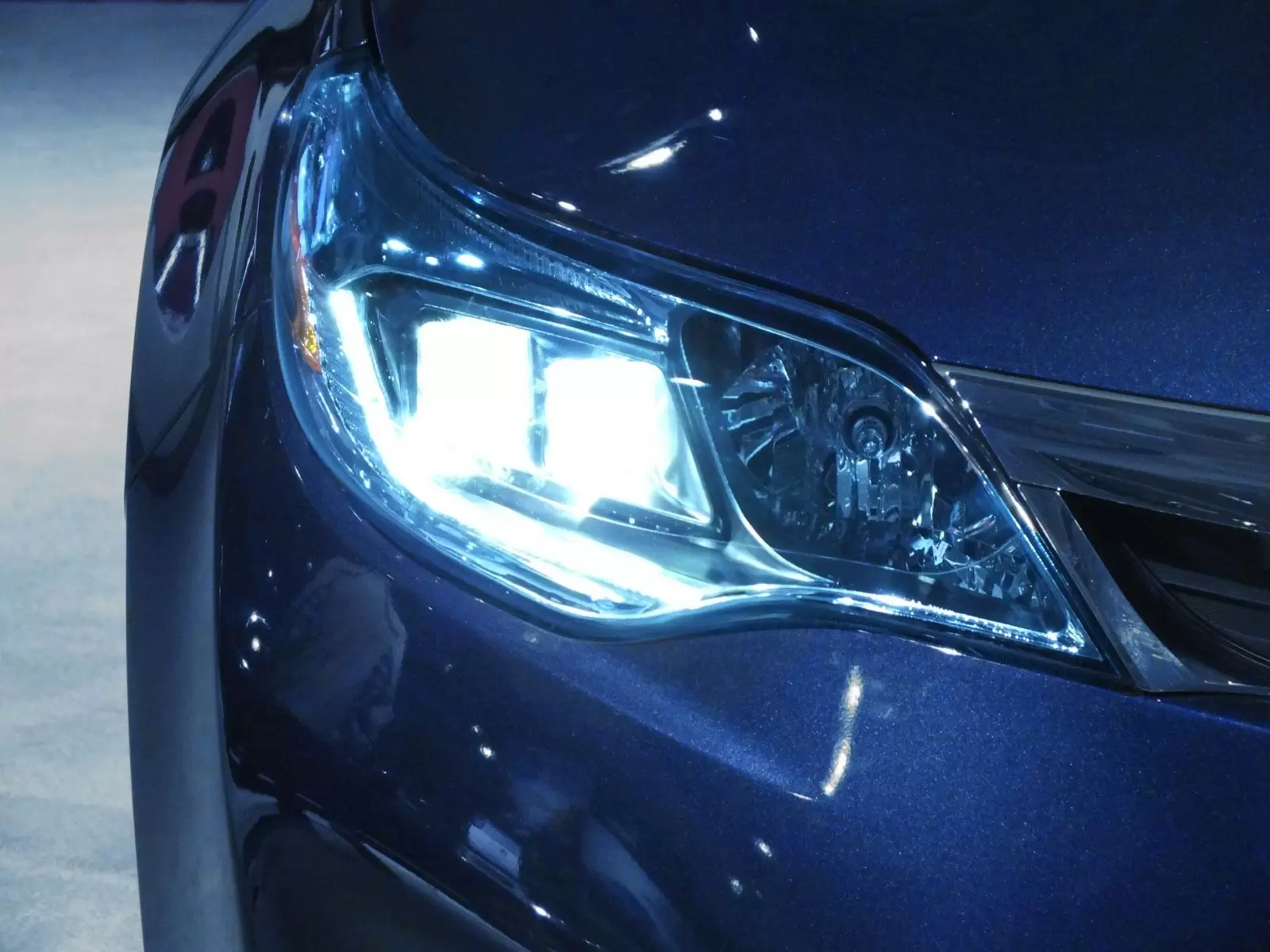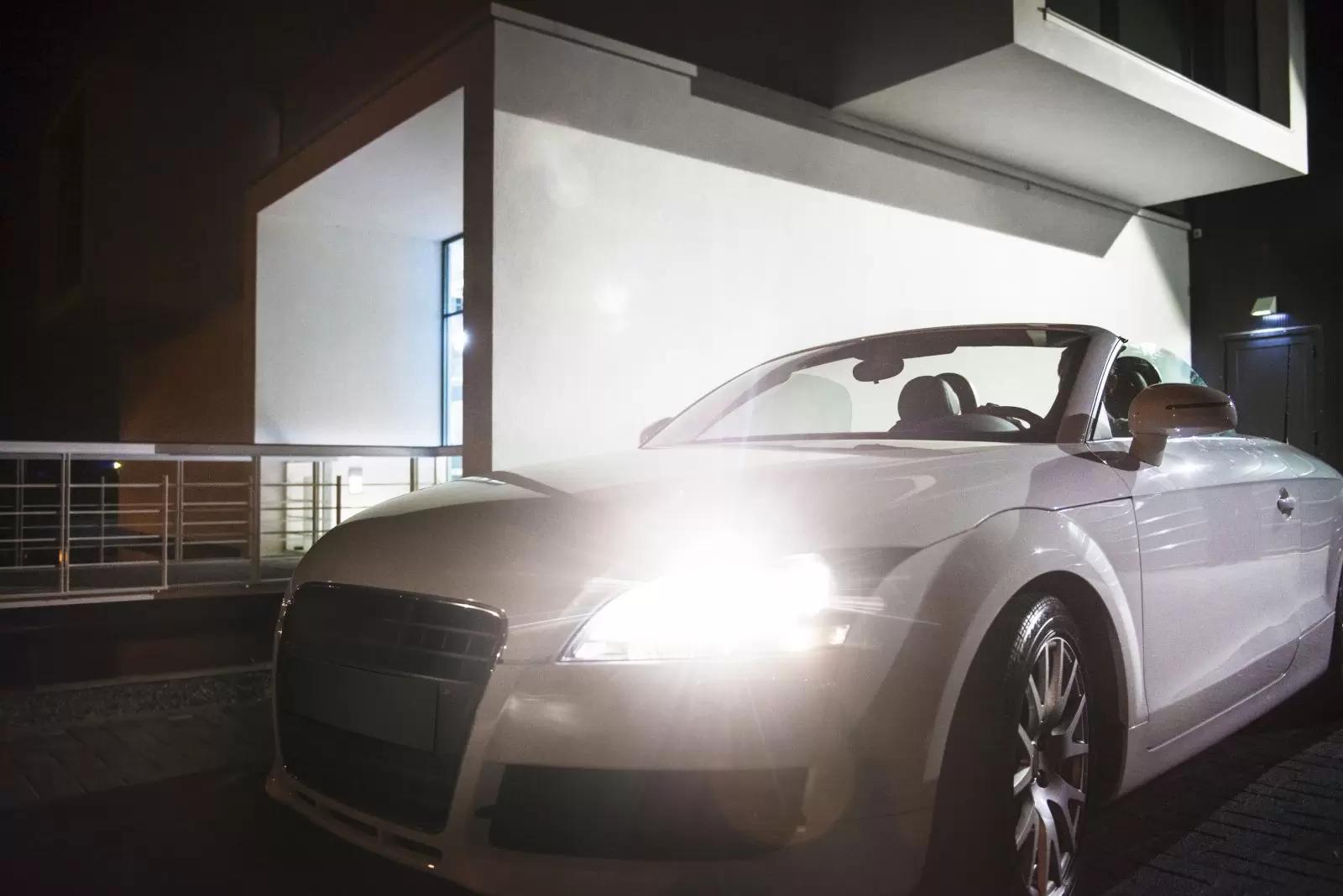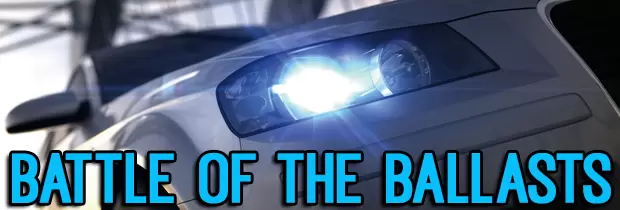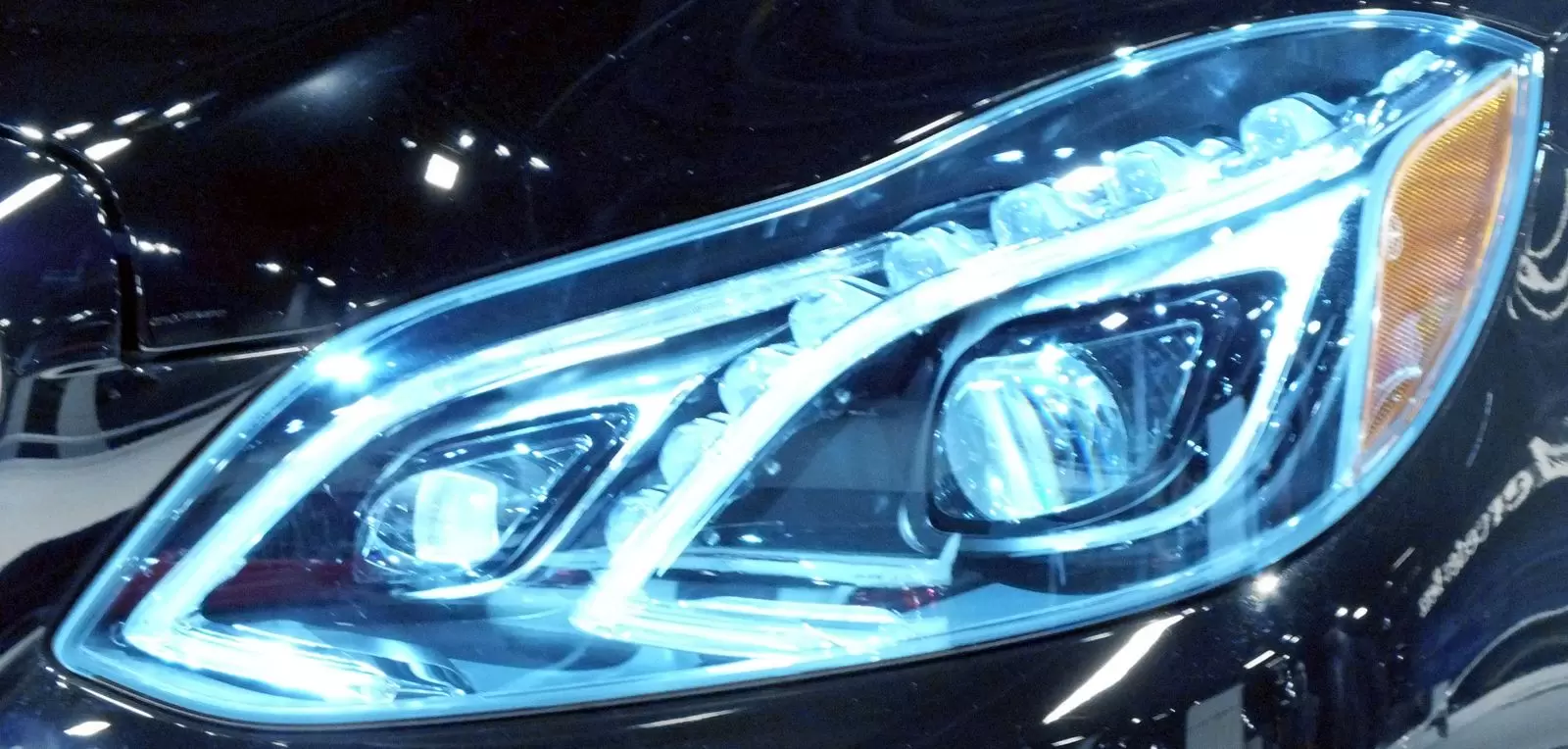What is a ballast?
A ballast is a key part of your HID lighting system. It's a little black box that connects to your HID system, acting as a DC to AC convertor that ensures your bulbs get the right kind of current.
The ballast also helps to turn the lights on initially, giving a high-voltage current to start the lamp. Once the lamp has started, however, it requires a lower-voltage current, or you risk damaging the bulb. A HID ballast also helps with this - it regulates the current after the light has started and keeps the light output steady.
In short, the ballast is crucial to get your HID headlights working and make sure they continue to work properly.
CANbus ballasts
A CANbus ballast is very similar to a regular ballast. It performs all the same functions that any other ballast would, starting the flow of electricity into the lamp and regulating it for an even light output. However, a CANbus ballast has additional features.
First, let's explore what exactly a CANbus system is. CANbus is a term that refers to a type of electric wiring system. The first part, 'CAN', stands for Controller Area Network. CANbus systems allow different components to communicate with one another without requiring a central computer. This makes a CANbus system ideal for use in a car. They have become fairly common in new cars since they were introduced in the mid-1990s.
Many new cars use a CANbus system to help notify the driver when something is wrong. For example, the system communicates with sensors in your tyres and can warn you when the air pressure on a specific tyre is getting low. This takes the idea of the check engine light to a new level, with lights and warnings to alert drivers for just about anything that goes wrong with your car.
CANbus systems are not perfect, however. Installing HID lights can confuse the system. HID bulbs don't require as much power as standard halogen bulbs. WIth a HID bulb using less power, the CANbus system will think that there's no working bulb installed, flashing you a warning.
A CANbus ballast corrects this problem, communicating with the car's CANbus system and telling it there is a working bulb.
Are CANbus ballasts better?
In some cases, a CANbus ballast may be preferable. If your car has a CANbus system and is constantly warning you that your headlights are out, you might want to install a CANbus ballast. This is especially true if your car has a mechanism that turns the headlights off when the system senses there is no bulb, as this would cause your headlights to always be off.
You'll have to check and make sure your car does indeed have a CANbus system before installing this type of ballast. Though CANbus systems have  gained popularity in recent years, not every new car comes with a CANbus system, and many old cars don't, either.
gained popularity in recent years, not every new car comes with a CANbus system, and many old cars don't, either.
Keep in mind, too, that a CANbus ballast will always tell the car's CANbus system that there is a working headlight bulb installed. This means you'll have to regularly check to make sure your headlights are working, since your car won't let you know if one or both headlights are out.
Do I need a CANbus ballast?
Even if your car has a CANbus system, that doesn't mean that you have to use a CANbus ballast. If your car shows a warning light but otherwise continues to function normally, you can safely install a regular ballast. The warning light will appear, but you can simply ignore it.
We offer a wide selection of HID conversion kits with both CANbus ballasts and regular ballasts to help you upgrade your headlights to brighter, whiter bulbs.



























 Close
Close